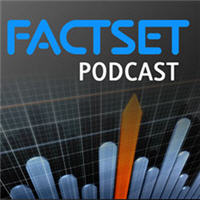I decided to see how the government’s stress test results of the banks’ capital structures matched up against a stress test of stock performance using the same stress factors and stress amounts, but in a multi-factor risk model framework. I created a portfolio of the 19 stocks and applied the worst case government scenario to evaluate the potential impact on the stock returns of these 19 banks. I ran the stress test as of February to be comparable to the published stress tests. I used the R-Squared Global Equity Risk model in the analysis.
The report lists the capital needs, market capitalization, and capital needs as a percent of market cap for the 19 banks. The last three columns show the predicted impact on stock performance given a scenario of unemployment rising to 10.3%, housing prices dropping 22% as measured by the S&P/Case Shiller Housing Index, and a third scenario which combines the first two. This third scenario is comparable to the stress tests performed by regulators. Of the nine banks the Fed determined not to be in need of additional capital, seven are at the top of the performance list based upon this stress test. The bottom six performers under my stress test are the banks most in need of capital as measured by percent of market cap. Note that the stock performance of GMAC is hard to account for since it is a unit of GM.

So the government’s stress test of capital needs and this stress test of stock performance are actually very much in line. Whether the unemployment and housing price scenarios used in the stress tests were severe enough is another question.






Nice article
ReplyDelete